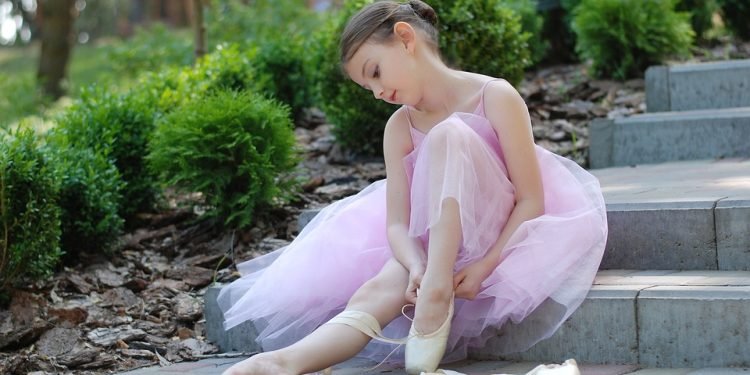Dancing is a universal form of expression that has been a part of human culture for centuries. From traditional folk dances to contemporary hip-hop, people of all ages and backgrounds love to move and groove to the rhythm of music. But have you ever wondered why we love to dance? What is the science behind our innate desire to bust a move on the dance floor?
One of the reasons why dancing feels so good is because it activates the pleasure centers in our brain. When we dance, our brain releases neurotransmitters like dopamine and endorphins, which are associated with feelings of happiness and euphoria. In fact, studies have shown that dancing can increase the levels of these feel-good chemicals in our brain, which explains why we feel a sense of joy and elation when we hit the dance floor.
In addition to boosting our mood, dancing also helps to reduce stress and anxiety. The physical act of dancing can serve as a form of exercise, releasing tension and allowing us to let go of our worries and inhibitions. When we dance, our body produces adrenaline, which can help us feel more energized and confident. This combination of physical and emotional benefits makes dancing a powerful tool for improving our mental well-being.
Furthermore, dancing has been found to improve our cognitive function. Research shows that learning new dance moves and choreography can help to sharpen our memory and cognitive skills. In a study published in the New England Journal of Medicine, researchers found that dancing was associated with a reduced risk of dementia in older adults. The social aspect of dancing also plays a role in cognitive enhancement, as it requires us to communicate and connect with others through movement and rhythm.
Moreover, dancing promotes social bonding and connection. Whether it’s at a nightclub, wedding reception, or community dance class, dancing brings people together in a shared experience. Moving in synchrony with others has been found to create a sense of unity and cohesion, fostering a feeling of togetherness and belonging. This communal aspect of dancing can help to strengthen relationships and build social support networks, contributing to our overall sense of happiness and well-being.
It’s clear that there is a wealth of scientific evidence supporting the positive effects of dancing on our mental, emotional, and physical health. So the next time you feel the urge to bust a move, go ahead and let loose on the dance floor – your brain and body will thank you for it. Whether you’re a professional dancer or a casual groove enthusiast, the science behind why we love to dance proves that it’s a natural and beneficial way to express ourselves and enjoy life to the fullest.








